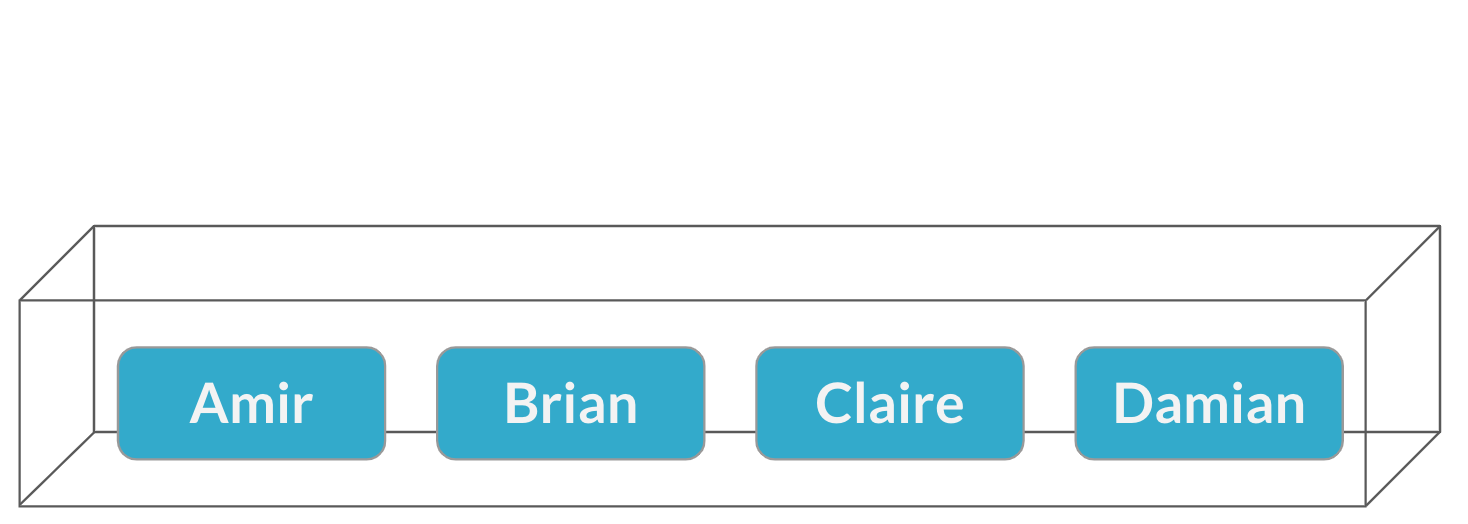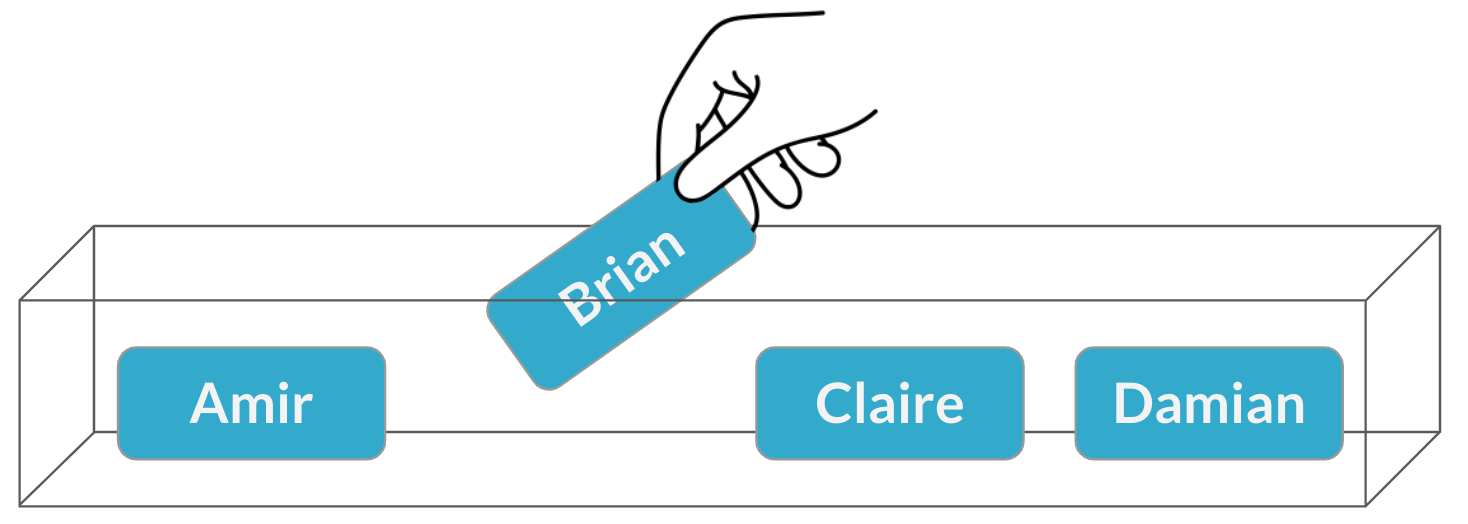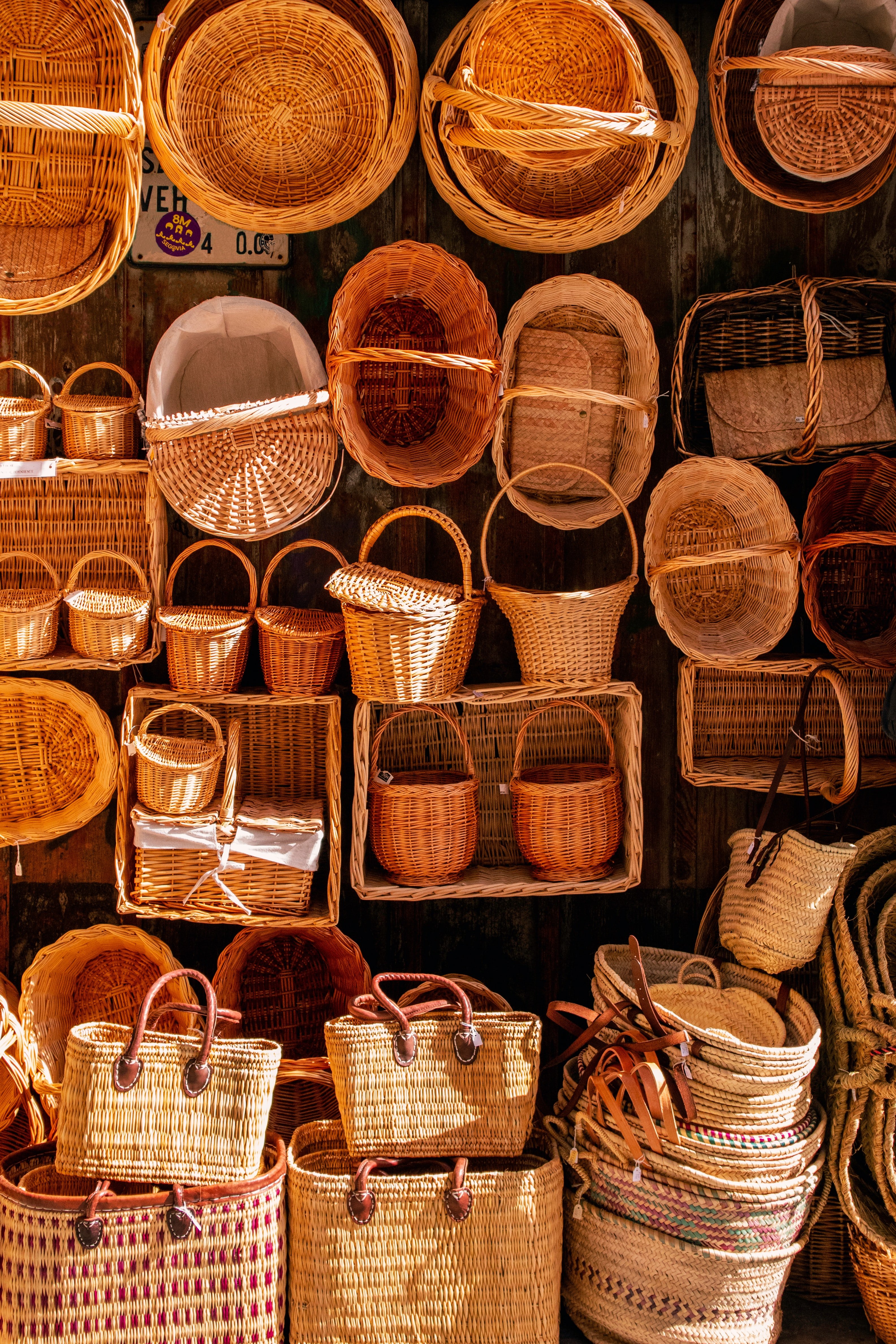Wie stehen die Chancen?
Einführung in die Statistik

George Boorman
Curriculum Manager, DataCamp
Messen von Wahrscheinlichkeiten
Wie hoch ist die Wahrscheinlichkeit eines Ereignisses?
$$ P(\text{Ereignis}) = \frac{\text{\# Ereignis tritt ein}}{\text{\# mögliche Ergebnisse}} $$
Beispiel: Münzwurf
$$ P(\text{Kopf}) = \frac{\text{1 Möglichkeit Kopf zu werfen}}{\text{2 mögliche Ergebnisse}} = \frac{1}{2} = 50\%$$

Zuweisung von Vertrieblern

- Stichproben
Zuweisung von Vertrieblern

$$P(\text{Brian}) = \frac{1}{4} = 25\%$$
Morgenbesprechung

Nachmittagsbesprechung

$$P(\text{Brian}) = \frac{1}{4} = 25\%$$
- Stichproben mit Ersatz
Unabhängige Wahrscheinlichkeit
Zwei Ereignisse sind unabhängig, wenn sich die Wahrscheinlichkeit des zweiten Ereignisses nicht aufgrund der Ausgangs des ersten Ereignisses ändert.
Online-Verkäufe im Einzelhandel
| Nummer | Typ | Nettomenge | Bruttoumsatz | Rabatt | Retouren | Nettoumsatz |
|---|---|---|---|---|---|---|
| 200 | Korb | 13 | 3.744,0 | -316,80 | 0,00 | 3.427,20 |
| 201 | Korb | 12 | 3.825.0 | -201,60 | -288,0 | 3.335,40 |
| 202 | Korb | 17 | 3.035,0 | -63,25 | 0,00 | 2.971,75 |
| 203 | Kunst & Bildhauerei | 47 | 2.696,8 | -44,16 | 0,00 | 2.652,64 |
| 204 | Korb | 17 | 2.695,0 | -52,50 | -110,00 | 2.532,50 |

Wahrscheinlichkeit einer Bestellung eines Schmuckprodukts
| Typ | Anzahl der Bestellungen |
|---|---|
| Korb | 551 |
| Kunst & Bildhauerei | 337 |
| Schmuck | 210 |
| Küche | 161 |
| Wohnungseinrichtung | 131 |
| ... | ... |
| Gesamt | 1767 |
Wahrscheinlichkeit einer Bestellung eines Schmuckprodukts
$$P(Schmuck) = \frac{Bestellung \ Anzahl(Schmuck)}{Summe(Gesamt \ Bestellung \ Anzahl)}$$
$$P(Schmuck) = \frac{210}{1767}$$
$$P(Schmuck) = 11,88 \%$$
Wahrscheinlichkeiten für alle Produkttypen
| Typ | Anzahl der Bestellungen | Wahrscheinlichkeit |
|---|---|---|
| Korb | 551 | 31,18 % |
| Kunst & Bildhauerei | 337 | 19,07 % |
| Schmuck | 210 | 11,88 % |
| Küche | 161 | 9,11 % |
| Wohnungseinrichtung | 131 | 7,41 % |
| ... | ... | ... |
| Gesamt | 1767 | 100 % |
Lass uns üben!
Einführung in die Statistik

